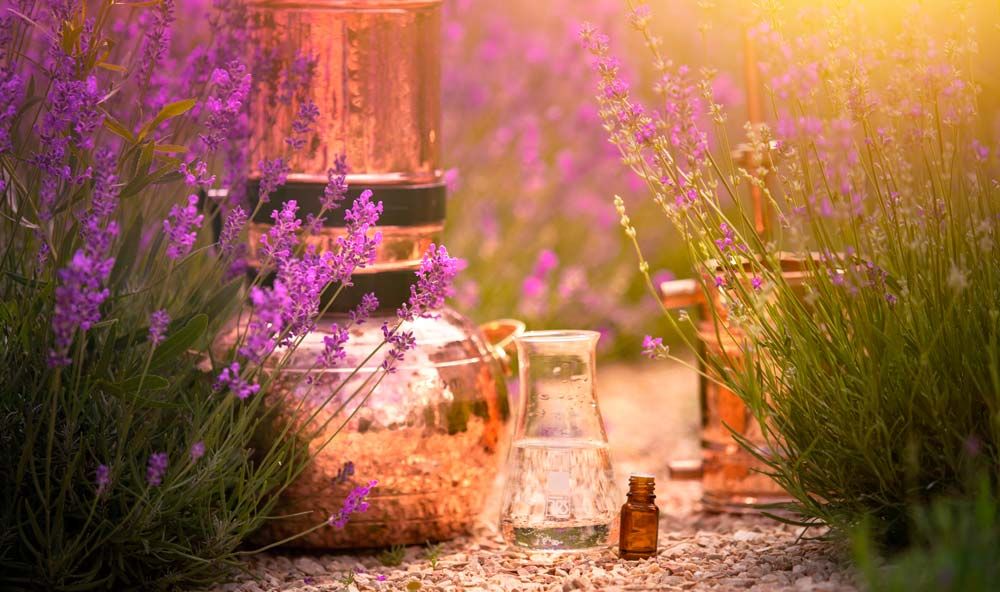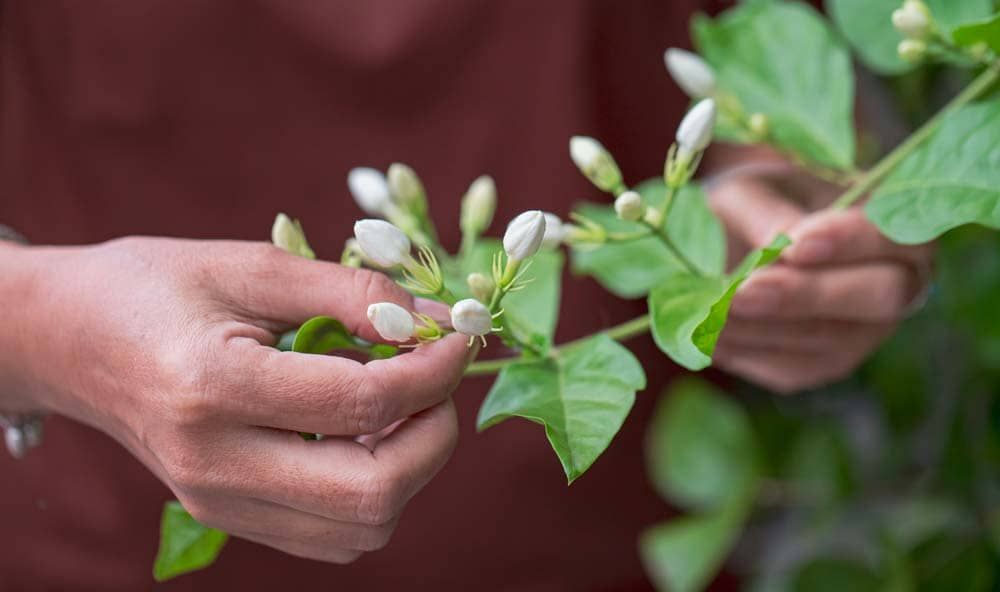
The Extraction of Natural Essences: Methods and Innovations
In the most elegant perfume bottle hides a fascinating journey from nature to the flask. This journey begins with the extraction of natural essences, concentrated smells, and flavors that form the foundation of all fragrances.
To understand this transformation, let’s explore together the traditional extraction methods and modern innovations shaping the perfume industry.
Traditional Extraction Methods
Steam Distillation
Steam distillation is probably the oldest and most utilized extraction method. It’s based on the simple
principle of vaporization: by heating water, steam is produced, which travels through the plant material,
capturing essential oils along the way. These steams are then transported to a condenser where they are
cooled and turned back into a liquid mixture of water and essential oils. This liquid is then collected, and
the essential oils are separated from the water through decantation. It’s an effective method but can alter or degrade some heat-sensitive components.
Enfleurage
Enfleurage is a traditional French extraction method that gently captures the essence of the most fragile
flowers. This technique, dating back to the 18th century, involves placing flowers on a plate of plant or
animal fat. The essential oils are then absorbed by the fat. Once the fat has absorbed as many essential oils as possible, it’s removed and treated with alcohol to retrieve the essences. The alcohol is then evaporated, leaving behind a perfume absolute. It’s an extremely gentle method that preserves the delicate essence of the flowers, but it’s also very time and resource-intensive.
Solvent Extraction
For more robust and resistant raw materials, solvent extraction is often used. In this method, the plant
material is soaked in a solvent, typically hexane, which dissolves the essential oils. The solvent is then
evaporated, leaving behind a waxy substance called “concrete”. This concrete is then treated with alcohol to dissolve the essential oils, producing a perfume “absolute” once the alcohol is evaporated. This method allows extracting a large quantity of essential oils but can leave traces of solvent in the final product.
Recent Innovations
Molecular Distillation
Molecular distillation is a revolutionary method that allows extracting essential oils at very low
temperatures. By using a deep vacuum to reduce pressure, the boiling temperature of the oil is
significantly lowered, allowing distillation at a temperature lower than normally required. This means
delicate essences that can be damaged by heat can be preserved. This method is particularly useful for
delicate essences like rose and jasmine, which can be altered by high temperatures.
Supercritical Fluid Extraction
Supercritical fluid extraction (SFE) is another recent innovation. This method uses carbon dioxide (CO2)
at high pressure and a specific temperature where it becomes “supercritical” – neither quite liquid nor
quite gaseous. In this state, CO2 has the ability to dissolve essential oils without leaving solvent residues.
It’s an extremely efficient technique that yields very pure extracts, but it requires sophisticated equipment and is therefore quite costly.
Conclusion
The field of extracting natural essences is a delicate art that is continually evolving with science and
technology. From traditional methods like steam distillation and enfleurage to modern innovations like
molecular distillation and supercritical fluid extraction, the perfume industry is constantly pushing the
boundaries to produce purer and truer to nature essences. The next time you savor the fragrance of a
flower captured in a bottle, take a moment to appreciate the complex and fascinating journey these
essences have made to reach your senses.

